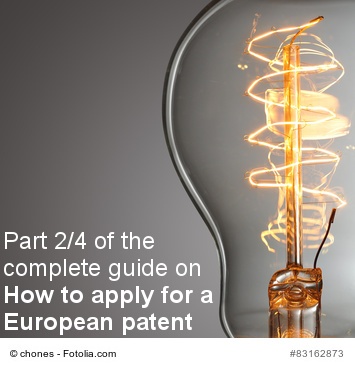 In our last blog post we informed you about some preliminary considerations and outlined some important definitions. Now it should be clear where we’re heading. So today let’s have a look at some research you’ll have to do before actually applying and how to file the application properly. This is part 2 of our four-part blog series on how to apply for a European patent.
In our last blog post we informed you about some preliminary considerations and outlined some important definitions. Now it should be clear where we’re heading. So today let’s have a look at some research you’ll have to do before actually applying and how to file the application properly. This is part 2 of our four-part blog series on how to apply for a European patent.
1. Before Applying: Heading in the Right Direction and Doing Your Research
A fundamental thing is to make sure that patent law really applies for your innovation. The different kinds of protective rights get easily mixed up:
- A patent defends technical innovations such as process technologies, devices or products from being used by third parties.
- A utility model, sometimes also referred to as the ?little patent?, protects technical innovations just as a patent does, but it?s granted faster and less checked.
- Copyright law saves the right of use and exploitation for the originators of creative works (like literary works or music compositions).
- An unmistakable sign, which serves the identification of products and services, can be protected as a trademark, which can consist of the following two- or three dimensional components: letters, numbers, words, shapes, colors, logos or pictures.
After you?ve made sure that a patent really is the right thing, make clear to yourself in which countries you can benefit the most from applying for a patent. Patents are valid in individual countries for a defined protection period, which mostly varies around 20 years, and are granted by a patent office. If your invention shall be protected only in a few countries, it might be best to directly file your application at the respective patent offices. But if you aim for protection in all countries of Europe, the EP patent is the right choice.
But before we explain the actual steps of patent application and granting, here?s one thing you should never forget: Instruct someone to do a professional patent research for your project. Patent attorneys help with this. A patent research should be conducted in every case, although the EPO will do a research on its own when it checks your application.
This step is necessary because your patent will only be granted if you invention stands out from the current state of the art well enough. And hardly anyone can keep an eye on all present technical developments, so you should definitely play it safe and check again that your invention really is innovative and based on the required ?inventive step?. If you leave out the research your patent might easily be rejected because something similar has already been invented and registered.
2. Filing the Application
The first step to get an EP patent is to file an application with the EPO. The EPO examines applications according to the European Patent Convention (EPÜ) and Patent Cooperation Treaty (PCT).
Include the following documents with your application:
- an application for the granting of a European patent
- a description of your invention
- patent claims that define what exactly shall be protected by the demanded patent
- drawings, if necessary
- a summary
The official languages with the EPO are English, German and French. If you have written your application in another language, a translation is required before filing.
During filing, you don?t already have to decide in which EPÜ countries your invention shall be patented in the end. The final arrangement will be made after your patent has been granted, and during its validation.
Wrap-up
- Here are the most important conclusions from today’s blog post:
- Make sure that a patent really is the right kind of IP to protect your innovation.
- Leaving out the patent research leads to lots of insecurities and puts your patent application at risk.
- Prepare your application carefully and don’t forget to include all important documents. A patent attorney can help with this.
Need someone helping you with your EU-Patent Application?
Then please do not hesitate to contact one of our attorneys. Request a callback TODAY – it’s
without any obligations! We would love to hear from you!


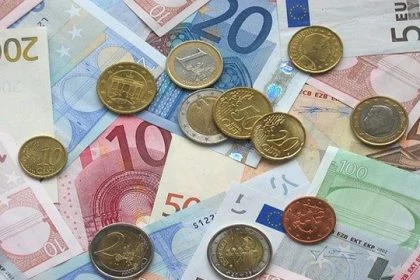
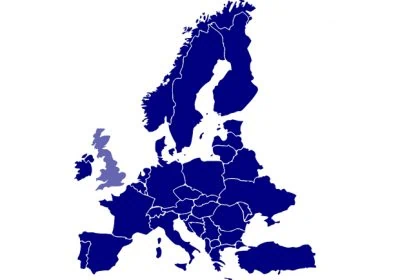
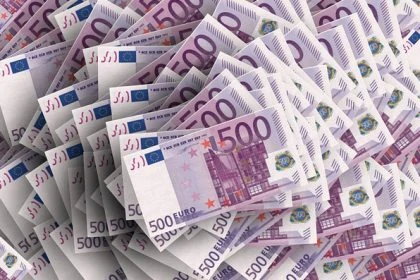
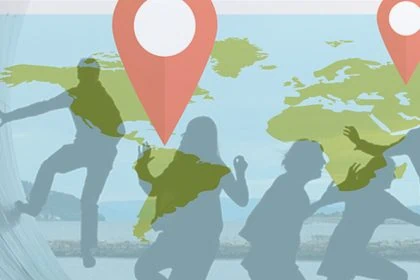
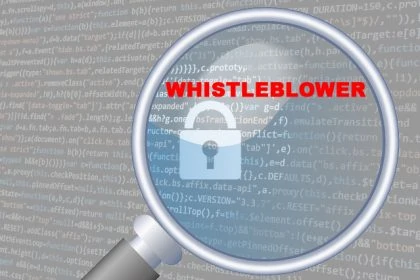

Leave a Reply